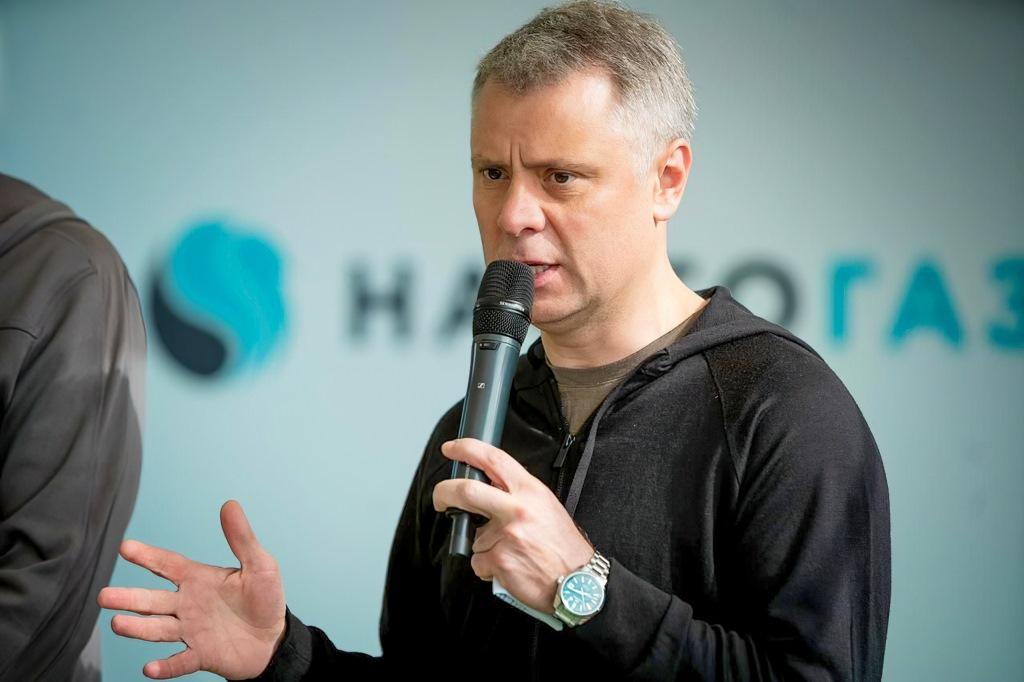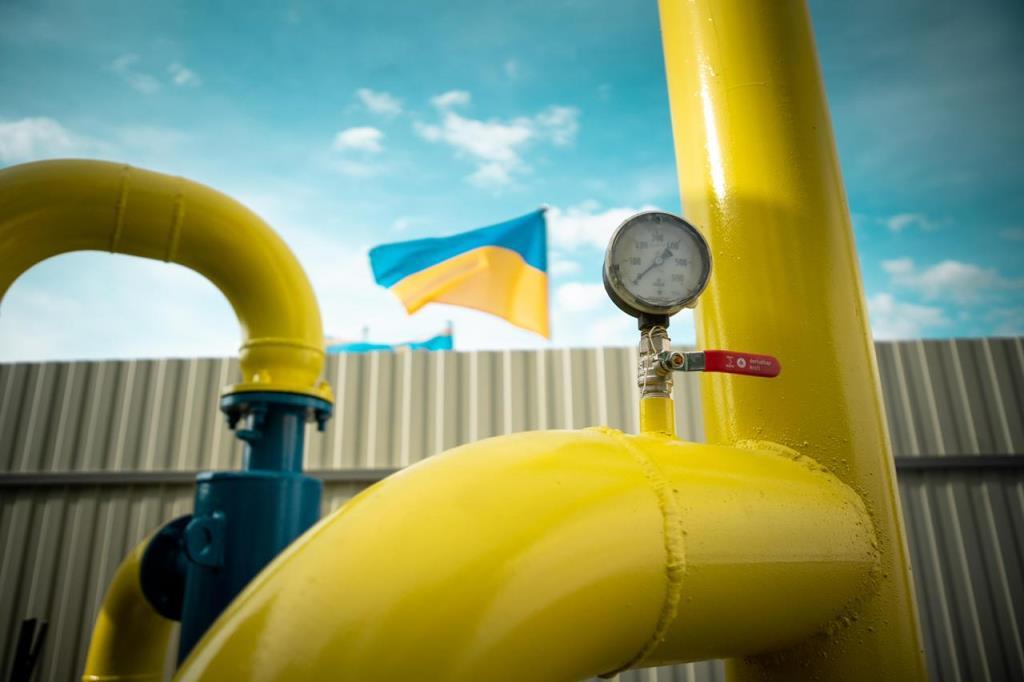More than 800 thousand cubic meters of gas per year and “green” energy for the use of about 735 families. This is the result of a modern biogas power plant that started operating at a solid waste landfill in the Lviv region today, on May the 21st, 2022.
The facility was built as part of a joint project of NJSC “Naftogaz Ukraine” and Clear Energy Group, the management company is Active Energy.

“The development of low-carbon businesses is a strategic choice of Naftogaz. The construction of this facility is one of the steps in this direction. I consider it extremely important that even in such difficult conditions of war we still continue to develop and implement such projects. Thanks to the biogas power plant built here, 38 hectares of the landfill, which emits millions of cubic meters of harmful landfill gas, will become a source of energy for the surrounding households. According to our estimates, thanks to this facility, more than 2 million cubic meters of methane will not get into the atmosphere, which is 30 times more harmful to the climate than carbon dioxide,” said Yurii Vitrenko, Chairman of the Board of NJSC “Naftogaz Ukraine”.
Landfill gas is formed during the anaerobic (without air access) decomposition of organic waste residues (food residues, leaves, branches, etc.). Usually, this gas is one of the causes of fires and explosions at landfills. Such fires are difficult to extinguish because they are formed and burn not on the surface, but in the depth of the landfill.
“Now the risk of fires and fires at this landfill, which have already happened in the past, has decreased. Biogas production should also reduce the height of the landfill body, the landfill will settle under its own weight. Therefore, undoubtedly, the Lviv region, as well as the families living near the landfill and receiving electricity from this plant, will significantly benefit from this facility. The opening of this facility is the next stage in the landfill reclamation, the next stage in ensuring environmental safety for the residents of Lviv and the region”, said Maksym Kozytskyi, Head of Lviv Regional State Administration.
Landfill degassing technology not only reduces methane emissions, but also reduces related emissions of volatile organic compounds (VOCs) and other air pollutants, eliminates unpleasant odors.

“Recultivation of the landfill in Velyki Hrybovychi is an extremely important project for the city, which we are implementing thanks to the support of European banks. It is part of a comprehensive plan to solve the waste problem in Lviv. Technical reclamation is currently underway, which includes the construction of a system for the collection, treatment and utilization of landfill gas with the generation of electricity. This will improve the environment, because the landfill will gradually decrease in volume due to the pumping of methane and other gaseous elements. I am convinced that today’s opening of the biogas power plant and work in synergy with Naftogaz and Clear Energy will be a new step in this important matter,” said Lviv Mayor Andriі Sadovyi.
To ensure the reliability of the process, the plant is equipped with Austrian Jenbacher equipment, which is used in biogas projects throughout Europe.
“The station produces 2 million 645 thousand kWh per year, replacing more than 800 thousand cubic meters of natural gas. This makes it possible to provide “green” power to about 735 households and at the same time reduce CO2 emissions into the atmosphere in the amount of about 30 thousand tons per year,” explained Petro Bahrii, co-founder and chairman of the supervisory board of Clear Energy Group.
Biogas is collected using wells that are evenly spaced throughout the landfill and a surface gas collection system. Currently, 29 vertical and 4 horizontal wells have been drilled at this landfill.
The wells are located vertically to a depth of 12.5 meters. From each well there is a pipeline (plume) to the gas collection point.
From the gas collection points, biogas is transported through pipelines (trunkline) to the electric generator unit (EGU). The gas is burned in an engine that rotates an electric generator. The generated power is transmitted to the grid via a complete transformer substation.


